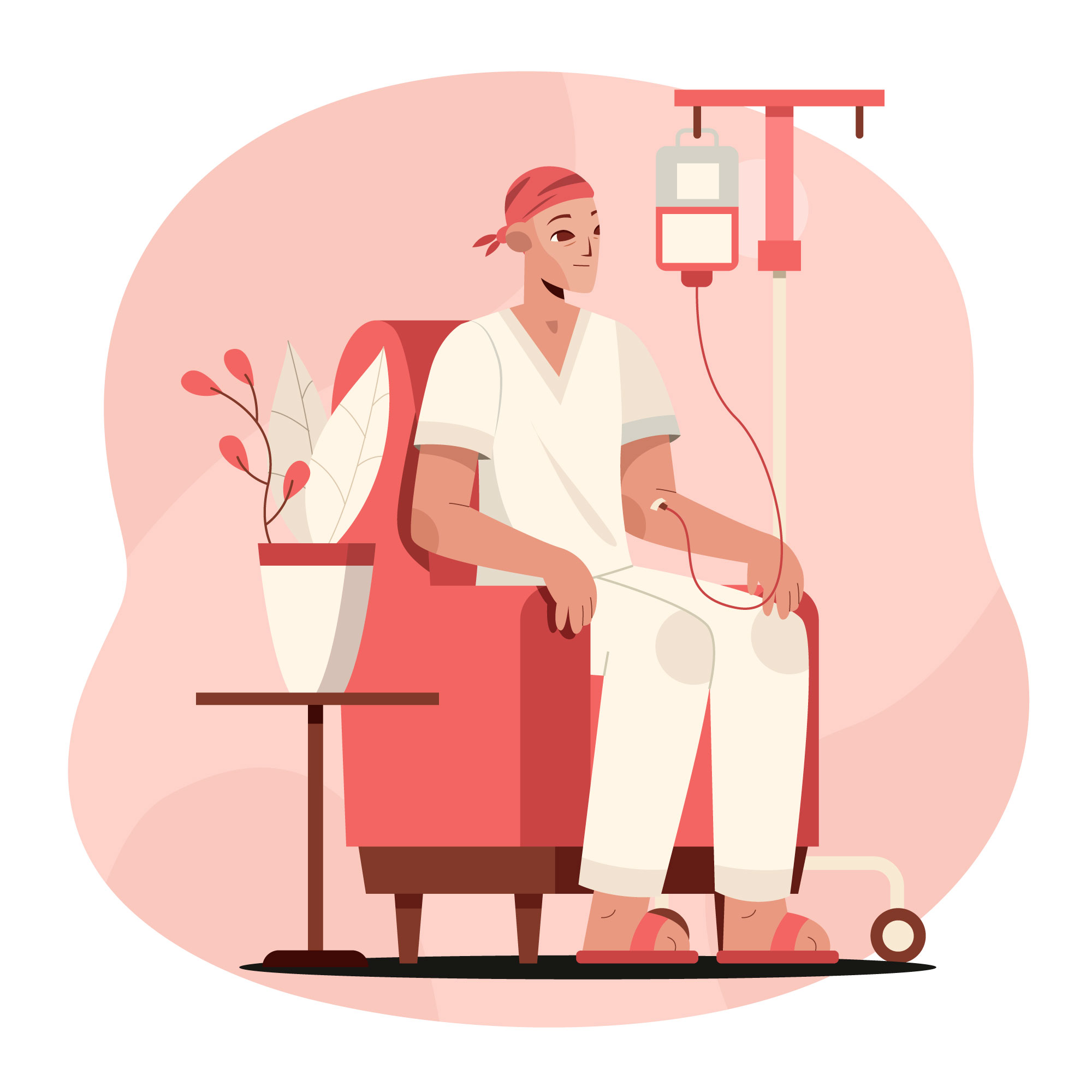

For the first time, researchers have demonstrated precisely how immature neutrophils, which are white blood cells and an essential component of the immune system, are used by pancreatic tumors to promote immunosuppression and treatment resistance. The study was published in Cancer Discovery, a magazine of the American Association for Cancer Research, and was conducted by researchers from the Sylvester Comprehensive Cancer Center at the University of Miami Miller School of Medicine.
In the research, a pancreatic cancer signaling circuit that promotes immunosuppression and tumor-promoting inflammation in the pancreatic tumor microenvironment and ultimately leads to treatment resistance is described. TNF signaling from neutrophils is the main regulator of this therapy resistance. Tumor necrosis factor, or TNF, is an inflammatory agent found in the body.
According to Jashodeep Datta, M.D., associate director of Translational Research at the Sylvester Pancreatic Cancer Research Institute, this is the first study to link immunosuppressive signals from immature neutrophils, which are the first sentinels in the development of pancreatic cancer, to this process. The senior author of the multicenter study is Datta, whose Sylvester laboratory conducted the investigation. “It suggests neutrophils are a dominant actor in this circuit. This is the first description of how cancer cells talk with neutrophils and how neutrophils are major actors in this immunosuppressive inflammatory drama in the pancreatic tumor microenvironment,” said Datta, the DiMare Family Chair in Immunotherapy at the Miller School.
He said the research is critical to scientists’ knowledge of pancreatic cancer—one of the most treatment-resistant cancers—because it “connects the molecular dots between the high-risk tumor genotypes that exist in pancreatic cancer and the specific molecular and cellular culprits—the immature neutrophils—that are involved in creating immunosuppressive networks in the pancreatic tumor microenvironment.” The research team, Datta said, is “creating a road map to target each element of these molecular dots” to thwart this inflammatory process and overcome therapeutic resistance.
Nipun Merchant, M.D., the founding director of the Sylvester Pancreatic Cancer Research Institute and a co-author of the paper, said the research “will pave the way to the ultimate goal of clinical studies, so that our findings can be directly translated to improve patient care.
Datta said clinical trials will attempt to target the immunosuppressive pathway from numerous angles.
We’re collaborating with multiple groups across the country to make this happen and are developing a novel nanoengineering platform to target neutrophils without killing them so we can target the tolerogenic [immunosuppressive] signaling mechanisms within neutrophils,” he said.
The Miller School’s departments of Microbiology and Immunology, the Diabetes Research Institute, and Public Health Sciences all contributed to the finding through working with the Sylvester team. They also collaborated with colleagues from Johns Hopkins, Harvard, the University of Pennsylvania, and other medical schools and cancer institutions.
In order to comprehend cellular connections in the pancreatic tumor microenvironment, the researchers made use of cutting-edge technologies, such as single-cell biology. In order to comprehend how cancer cells and neutrophils coordinate this interplay, researchers used high-dimensional sequencing.
They made it all work together by utilizing patient-provided blood samples and tissue specimens in translational and mechanistic studies to overcome chemotherapy resistance in cellular and animal models.
more recommended stories
 36-Week Pre-eclampsia Screening May Reduce Term Risk
36-Week Pre-eclampsia Screening May Reduce Term RiskA New Preventive Strategy for Term.
 Cardiovascular Risk and Sudden Cardiac Death in Diabetes
Cardiovascular Risk and Sudden Cardiac Death in DiabetesRising Sudden Cardiac Death (SCD) Risk.
 Poor Kidney Function and Alzheimer’s Biomarkers Explained
Poor Kidney Function and Alzheimer’s Biomarkers ExplainedPoor kidney function may influence levels.
 Walking Speed Before Hip Replacement Predicts Recovery
Walking Speed Before Hip Replacement Predicts RecoveryNew Evidence Points to a Simple,.
 Neuroblastoma Drug Combo Extends Survival in Models
Neuroblastoma Drug Combo Extends Survival in ModelsA Promising Shift in High-Risk Neuroblastoma.
 How Soybean Oil Impacts Weight Gain and Metabolism
How Soybean Oil Impacts Weight Gain and MetabolismWhy Soybean Oil May Affect Metabolism.
 Coffee and Cognitive Function: Evidence Review
Coffee and Cognitive Function: Evidence ReviewA new narrative review in Cureus.
 Colorectal Cancer Screening Rates Low in Adults 45–49
Colorectal Cancer Screening Rates Low in Adults 45–49Recent UCLA research reveals that colorectal.
 Gut Immune Cells and Long-Lasting Antiviral Protection.
Gut Immune Cells and Long-Lasting Antiviral Protection.Breakthrough Findings on How Gut Immune.
 Mild Pancreatic Duct Dilatation Signals Higher Cancer Risk
Mild Pancreatic Duct Dilatation Signals Higher Cancer RiskEarly Structural Changes Offer Critical Clues.

Leave a Comment